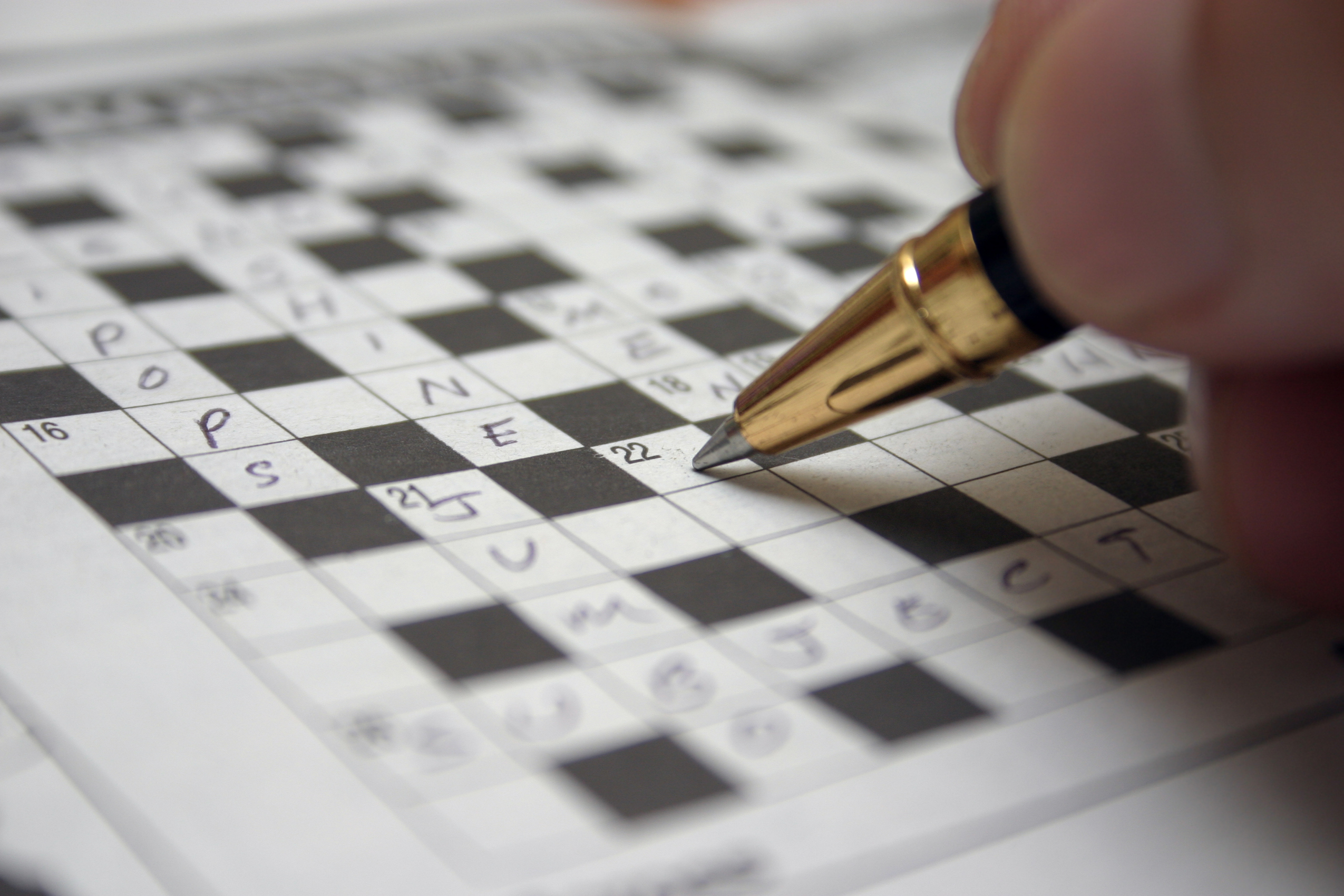How to flirt, according to science
Research says flirting well is more effective than looking good


Does flirting actually work?
Very much so. In fact, research says it's more effective than looking good.
Signaling availability and interest trumps attractiveness.
The Week
Escape your echo chamber. Get the facts behind the news, plus analysis from multiple perspectives.

Sign up for The Week's Free Newsletters
From our morning news briefing to a weekly Good News Newsletter, get the best of The Week delivered directly to your inbox.
From our morning news briefing to a weekly Good News Newsletter, get the best of The Week delivered directly to your inbox.
Dr. Monica Moore, a psychologist at Webster University in St. Louis, has conducted research on the flirting techniques used in singles bars, shopping malls, and places young people go to meet each other. She concluded that it's not the most physically appealing people who get approached, but the ones who signal their availability and confidence through basic flirting techniques like eye contact and smiles. Just signaling your interest in someone gets you halfway there, whether you're a man or a woman. [How to Make Someone Fall in Love With You in 90 Minutes or Less]
What type of flirting works best?
Two types of flirting are universal: Smiling and eye contact are indicators pretty much everywhere and work for both sexes.
The available evidence suggests that men and women around the world use many of the same nonverbal behaviors to communicate romantic interest.... Smiling and eye contact do appear to be universal methods used by men and women to convey romantic interest. [The Mating Game: A Primer on Love, Sex, and Marriage]
In fact, eye contact is not only a signal — it can actually make someone more attracted to you.
But what works better than anything else?
A free daily email with the biggest news stories of the day – and the best features from TheWeek.com
Touching.
And research has isolated which types of touching are regarded as "merely friendly," in the zone of "plausible deniability," or "going nuclear."
- Friendly: Shoulder push, shoulder tap, handshake.
- Plausible Deniability: Touch around the shoulder or waist, touch on the forearm.
- Nuclear: Face touch.
The behavior that participants rated as reflecting the most flirtation and the most romantic attraction was the soft face touch, followed by the touch around the shoulder or waist, and then the soft touch on the forearm. The least flirtatious and romantic touches were the shoulder push, shoulder tap, and handshake. Thus, touching that is gentle and informal, and that occurs face-to-face or involves "hugging" behavior, appears to convey the most relational intent. [Close Relationships]
Research has shown that even a light touch on the arm makes a man more successful in getting a girl's number.
But don't ignore context.
Behavior is perceived differently in different locations. The more formal the setting, the more obvious you need to be to get the signal across.
For each scenario, participants indicated whether they believed the stranger was flirting with them or not. The results revealed significantly higher percentages of "yes" (i.e., flirting) responses when the stranger was in the restaurant bar as opposed to the school hallway (61 percent vs. 49 percent), when the stranger made an effort to go out of his or her way as opposed to making inadvertent and non-effortful eye contact (68 percent vs. 41 percent), and when the stranger paid a compliment as opposed to asking for the time (83 percent vs 26 percent). Not surprisingly, given this pattern of results, the scenario that produced the highest percentage of "yes" responses (74 percent) was that involving a stranger who went out of his or her way to compliment the target while in the "flirt-friendly" setting of a restaurant bar. [The Mating Game: A Primer on Love, Sex, and Marriage]
And, ladies, after you've caught his attention with flirting, keep in mind that studies confirm that "playing hard to get" works.
(Here's the trick to doing it the right way.)
What about for men?
Touching is almost always acceptable for women, but can get men in hot water real fast. And hair flips and lip licking are pretty sex specific to women.
So, early on, how can a guy flirt without getting in trouble?
Research has shown that flirting which emphasizes physical attractiveness has little effect when males do it.
The flirting that is most effective for men involves displays of social dominance.
The results indicated that the men who successfully initiated romantic contact with women exhibited a greater number of particular kinds of nonverbal flirting behavior than men who did not establish romantic contact. Specifically, successful men directed more brief glances at their intended, engaged in a greater number of "space maximization" movements (positioning the body so that it takes up more space; e.g., extending one arm across an adjacent chair, stretching so that both arms extend straight up in the air), changed their location in the bar more frequently, and displayed greater amounts of non-reciprocated touching to surrounding men (e.g., playfully shoving, touching, or elbowing the ribs of other men). In discussing their findings, the researchers concluded that men who provide signals of their positive intentions (e.g., through glancing behaviors) and their status (e.g., through space maximization and non-reciprocated touch of male peers) receive preferential attention from women. [Close Relationships]
How do you know if it's working? When you start talking to her, ask yourself, "Is she speaking smoothly and quickly?"
Because MIT research says that's a very good sign.
Overall, ask yourself, "What would James Bond do?" And here's a guide to what makes Bond so irresistible.
Why aren't they getting my signals!?!
Here's something you probably don't hear a lot: It's most likely your fault.
Researchers have documented a bias where people think they're being clear about their intentions but, in reality, nobody but them thinks they're flirting.
A more recent series of investigations by Vorauer and her colleagues (Vorauer, Cameron, Holmes, & Pearce, 2003) demonstrated that the fear of being rejected by a potential partner can produce yet another pernicious attributional bias. The "signal amplification bias" occurs when people believe that their social overtures communicate more romantic interest to potential partners than is actually the case and thus fail to realize that they have not adequately conveyed their feelings of attraction. [The Mating Game: A Primer on Love, Sex, and Marriage]
You may need to amp it up, even if that makes you a bit uncomfortable.
Research shows that women are more successful in their flirting when they're more direct.
What's next?
Here are research-based guides on related topics:
- How to make someone fall in love with you
- How to be a good kisser
- How to be more attractive
- How to have a great first date conversation
- 4 secrets to reading body language like an expert
- 10 things science can teach us about being sexy as hell
For more tips you won't find on the blog, join 45K+ other readers and get my free weekly update via email here.
More from Barking up the Wrong Tree...


